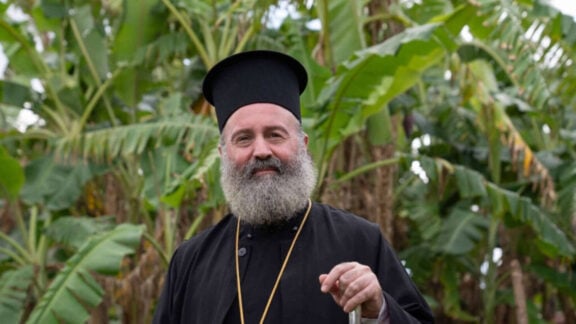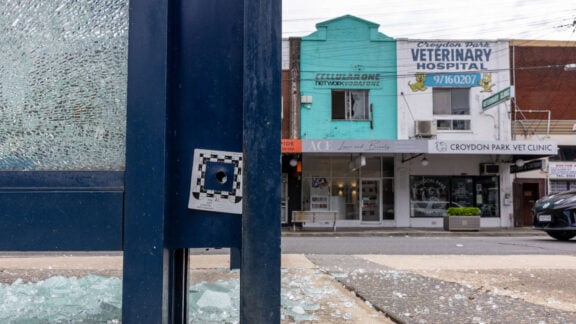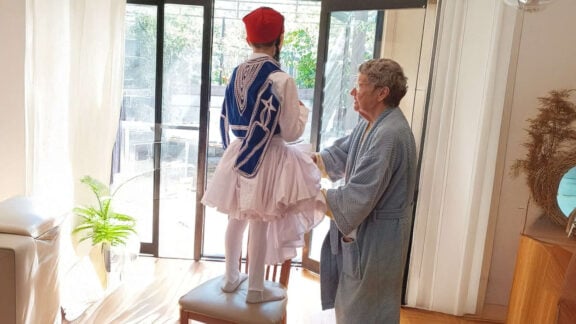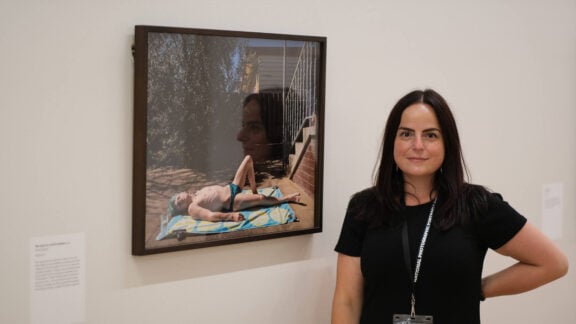Archaeologists have uncovered mosaic floors and Greek inscriptions at the ancient city of Olympos, located in the Antalya region of Turkey.
The findings come from a structure identified as Church No. 1. At the church entrance, a Greek inscription was found that reads: “Only those on the righteous path may enter here.” Researchers say the text reflects early Christian teachings.
Inside the church, the team discovered mosaics with geometric designs, plant-based motifs, and inscriptions naming individuals believed to be benefactors of the church.
Excavation director Associate Professor Dr Gökçen Kurtuluş Öztaşkın of Pamukkale University said that Olympos has a higher concentration of mosaic floors compared to other parts of the Lycian region. Similar floors were uncovered at the site in 2017, 2022, and 2023.
Olympos was founded during the Hellenistic period and later became part of the Roman world. The city continued to be occupied during the Byzantine period. Though located in present-day Turkey, the city shows strong Greek influence in language and architecture.

Excavations have been ongoing since 2006, with continuous work carried out over the past four years. Structures identified at the site include two churches, a Roman bridge, the Episcopal Palace, an entry complex, burial sites, and multiple buildings with mosaic floors.
Some areas originally served as Roman-era necropolises but were repurposed into housing during the Byzantine period. In one such area, a structure dated to the 5th century CE was destroyed by fire and later rebuilt on the same layout. Dr Öztaşkın described it as having several rooms with stone-paved floors.
At the end of 2024, stone façades were found that may indicate the presence of a temple. The building method and layout suggests religious use. Excavation in that area is expected to begin soon.
Plans for 2025 include work at the western necropolis, a central temple site, the Episcopal Palace, and a structure known as Church No. 3. Excavation in the northern part of the city is expected to finish within two years, followed by expansion into the southern section.
A large storage jar, known as a pithos, was also discovered this season in the housing area. Items recovered from the site have been transferred to the Antalya Archaeological Museum.









